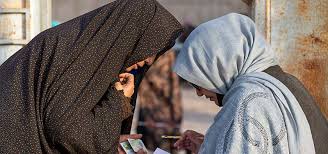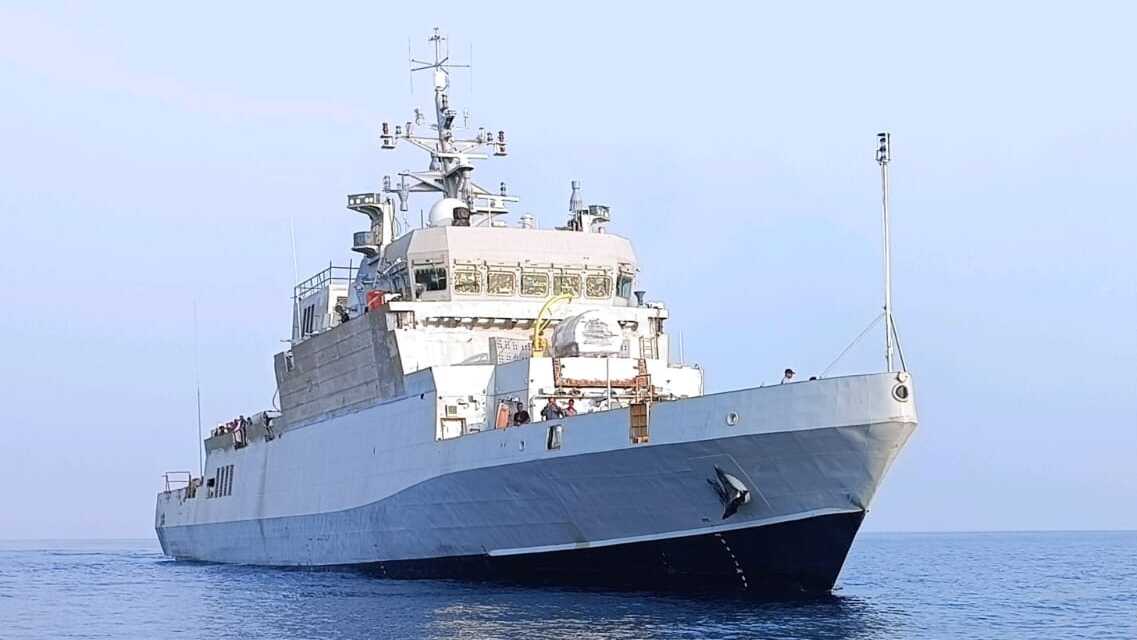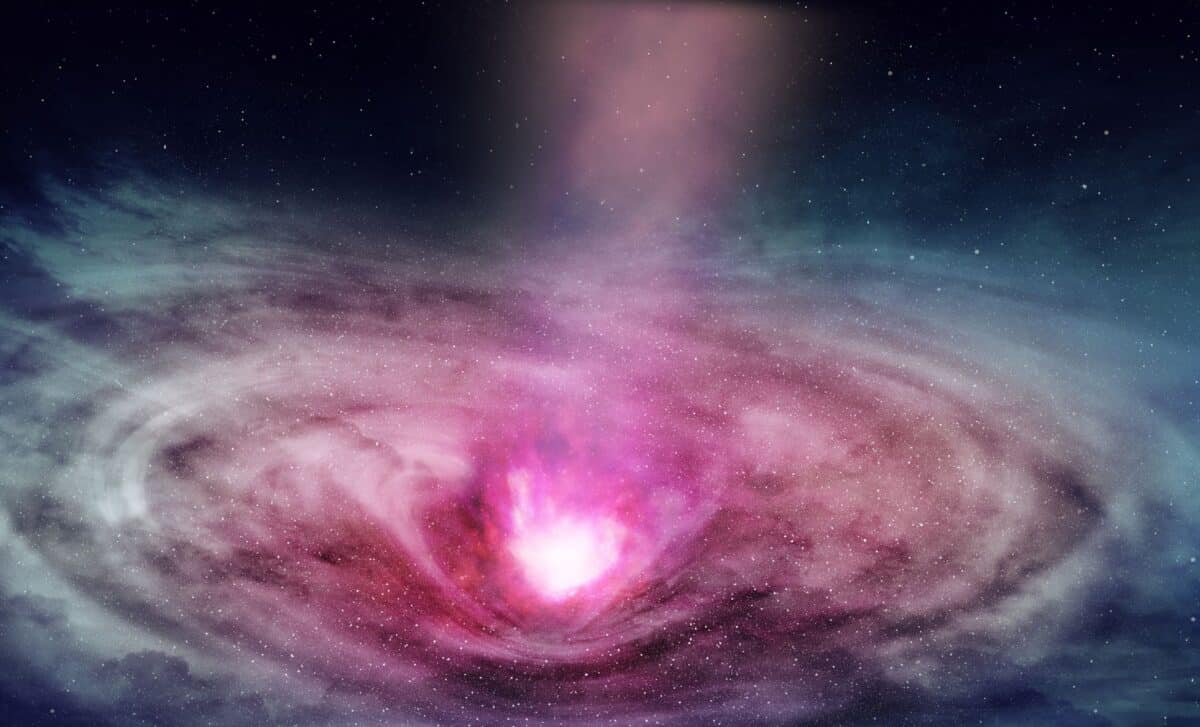- Courses
- GS Full Course 1 Year
- GS Full Course 2 Year
- GS Full Course 3 Year
- GS Full Course Till Selection
- Online Program
- GS Recorded Course
- NCERT (Recorded 500+ Hours)
- Polity Recorded Course
- Geography Recorded Course
- Economy Recorded Course
- AMAC Recorded Course
- Modern India, Post Independence & World History
- Environment Recoded Course
- Governance Recoded Course
- Science & Tech. Recoded Course
- International Relations and Internal Security Recorded Course
- Disaster Management Module Course
- Ethics Recoded Course
- Essay Recoded Course
- Current Affairs Recoded Course
- CSAT
- 5 LAYERED ARJUNA Mentorship
- Public Administration Optional
- ABOUT US
- OUR TOPPERS
- TEST SERIES
- FREE STUDY MATERIAL
- VIDEOS
- CONTACT US
Why Can’t the World Agree on a Plastic Ban?
Why Can’t the World Agree on a Plastic Ban?
- The 5th Intergovernmental Negotiating Committee (INC-5) was a key meeting held in Busan, South Korea from 25 November to 1 December 2024, with delegations from around 170 countries.
- This committee was tasked with negotiating a legally binding treaty to address plastic pollution worldwide, informally called the Global Plastics Treaty.
- However, despite a week of negotiations, INC-5 failed to reach an agreement, largely due to divergent views on how to handle plastic production and waste.
What is the Global Plastics Treaty?
- In March 2022, the United Nations Environment Assembly (UNEA) passed a historic resolution aimed at addressing plastic pollution.
- The resolution outlined the need for a global treaty to end plastic pollution, including in oceans and other ecosystems.
- To achieve this goal, the Intergovernmental Negotiating Committee (INC) was formed, with the task of developing a legally binding agreement to address plastic waste and its harmful environmental effects by 2024.
Key Points:
- The treaty aims to tackle plastic waste through measures like reducing plastic production, improving recycling, and banning certain single-use plastics.
- The process has involved five rounds of negotiations over 2 years, attempting to reconcile divergent national perspectives on how to address plastic pollution.
- While India and other developing nations have pushed for a focus on waste management, many other countries emphasize reducing plastic production at its source to avoid further pollution.
Why Is It So Difficult to Agree on a Plastic Ban?
|
Factor |
Details |
|
|
1. Diverging Views on Plastic Pollution |
Waste Management vs. Production Control:
|
|
|
2. Economic and Political Interests |
Economic Dependency on Plastic:
|
|
|
3. National Priorities |
Developed vs. Developing Nations:
|
|
How Bad Is the Problem of Plastic Pollution?

Plastic pollution is a growing global crisis, with a troubling increase in the production, use, and waste of plastics. The United Nations Environment Programme (UNEP) has highlighted several alarming statistics to show the severity of the issue:
- Between 1970 and 1990, global plastic waste generation nearly tripled.
- In the early 2000s, the world’s plastic waste increased more in a single decade than in the previous 40 years.
- 400 million tonnes of plastic waste are produced globally every year.
- If the current growth trends continue, global plastic production could reach a staggering 1,100 million tonnes by 2050.
- Approximately 36% of all plastic produced is used for packaging, which includes single-use plastics like food wrappers, beverage containers, and other disposable items.
- 85% of single-use plastics end up in landfills or as unregulated waste.
- The production and disposal of conventional plastic, which is primarily made from fossil fuels, is estimated to account for 19% of the global carbon budget by 2040.
- 98% of single-use plastic products are made from virgin plastic derived from fossil fuels.
- Only less than 10% of plastic waste is recycled worldwide, and much of it ends up in the environment or is sent to countries where it is burned or dumped.
- It is estimated that $80-$120 billion is lost annually in plastic packaging waste due to ineffective sorting and processing.
- Cigarette butts (which contain small plastic fibers) are the most common type of plastic waste found in the environment.
-
Other common plastic waste items include:
- Food wrappers
- Plastic bottles
- Plastic bottle caps
- Plastic grocery bags
- Plastic straws
- Plastic stirrers
India’s Position on the Treaty:
- India has been an outspoken participant in the negotiations, particularly with regard to the regulation of plastic production.
- The country has emphasized that it cannot agree to measures that would limit the production of primary plastic polymers.
India’s position is shaped by several factors:
- Plastic production is a major part of India’s industrial base. Leading companies like Reliance Industries are significant players in the production of plastic polymers.
- India’s position aligns with China and Saudi Arabia, which are similarly resistant to production cuts due to the economic implications for their petrochemical industries.
- While India has implemented policies such as a ban on 22 types of single-use plastics and an Extended Producer Responsibility (EPR) regime, it opposes regulations that would restrict the production of plastic itself.
- Under the EPR system, companies must ensure that a certain percentage of their plastic packaging is recycled.
- India’s efforts are more focused on managing plastic waste rather than addressing the source of plastic production.
- India has also opposed proposals to introduce voting rights on draft texts, favoring a consensus-based decision-making process instead.
- India argues that voting on critical issues violates the principle of equity in multilateral environmental negotiations.
Is This the End of the Road?
The failure of INC-5 to reach an agreement does not mark the end of the negotiations. The process is expected to continue with a likely INC 5.2 session scheduled for sometime later next year.
1. Slow Progress on Environmental Agreements:
- The pace of multilateral environmental negotiations is often slow. For example, the United Nations Framework Convention on Climate Change (UNFCCC) took years to come up with binding agreements on carbon emissions.
- Similarly, the process of creating international marine biodiversity treaties under the United Nations Convention on the Law of the Sea (UNCLOS) took more than five years.
2. Long-Term Outlook:
- According to the Center for International Environmental Law, multilateral environmental agreements often take several years to finalize, especially when many countries are involved.
- After a treaty is agreed upon, it may take several additional years for it to be ratified and to come into force, as seen with other major global environmental agreements.
Conclusion
The failure of the INC-5 to reach a final agreement reflects the complexity of addressing plastic pollution at a global scale. Economic interests, particularly in countries dependent on plastic production, have created significant challenges. However, the treaty process is ongoing, and future rounds of negotiations will continue in an attempt to find common ground. Despite the setbacks, the Global Plastics Treaty is a necessary step toward addressing one of the most critical environmental issues of our time: the global plastic pollution crisis.
Must Check: Best IAS Coaching In Delhi
UPSC Prelims Result 2024 Out: Expected Cut Off & Other Details, UPSC Prelims 2024 Answer with Explanation, Daily Prelims Quiz, Daily Current Affairs, MONTHLY CURRENT AFFAIRS TOTAL (CAT) MAGAZINE, Best IAS Coaching Institute in Karol Bagh, Best IAS Coaching Institute in Delhi, Daily Mains Question Answer Practice, ENSURE IAS UPSC Toppers, UPSC Toppers Marksheet, Previous Year Interview Questions, UPSC Syllabus




